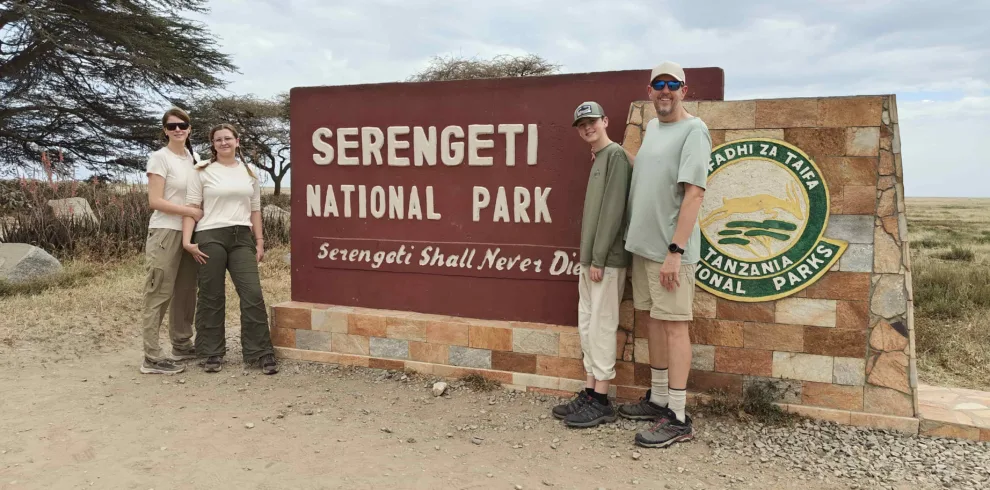- 50
- 3
- 1
- 2
Serengeti National Park, established in 1951, sprawls over approximately 5,700 sq mi (14,763 sq km) of East Africa’s famed grasslands and has been a UNESCO World Heritage Site and biosphere reserve since 1981, celebrated for its rich biodiversity and the world’s last intact large‑mammal migration. The park forms the heart of a wider Serengeti ecosystem, contiguous with Ngorongoro, Maswa, Grumeti, Ikorongo, and Loliondo protected areas, supporting some 1.2 million wildebeest, 200 000 zebras, and myriad other species that follow an annual 1 250–1 750 mile circuit in search of grazing and water. Its terrain ranges from flat plains to rolling hills and riverine woodlands at elevations between 3,020 and 6,070 ft, and it experiences a bimodal rainfall pattern with a dry season from June to October and wet seasons spanning November–December and March–May. Visitors can enjoy game drives, hot‑air balloon safaris, and guided walks, with peak wildlife viewing during the dry months, though shoulder‑season travel in the short rains can offer fewer crowds and lush scenery. Conservation efforts focus on anti‑poaching patrols, habitat preservation, and community engagement to address threats such as illegal hunting and habitat fragmentation.


